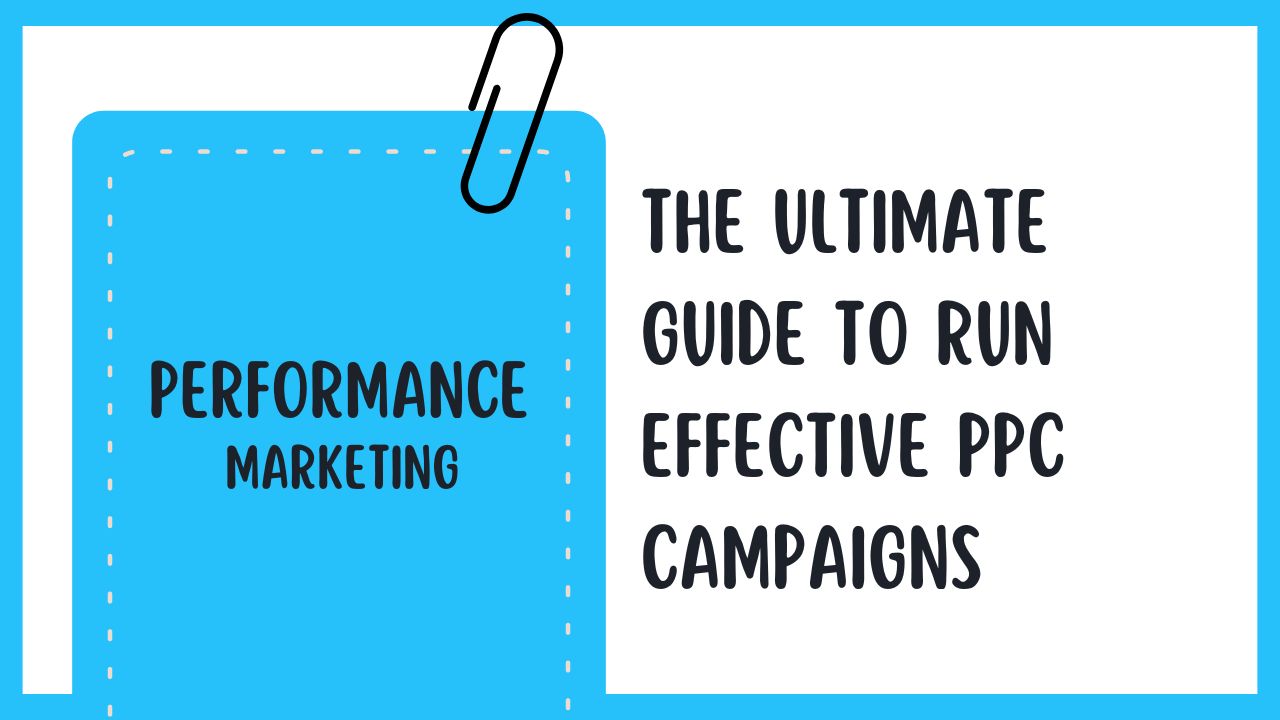In today’s digital landscape, pay-per-click (PPC) advertising reigns supreme as a powerful tool to drive targeted traffic, generate leads, and ultimately boost your business. But navigating the complexities of PPC campaigns can feel overwhelming. Fear not! This comprehensive guide will equip you with a winning strategy to maximize your return on investment (ROI).
Step 1: Laying the Foundation: Goals & Budget
- Defining Your Goals: What do you want your PPC campaigns to achieve? Are you aiming for increased brand awareness, website traffic, lead generation, or direct sales? Clearly defined goals will guide your campaign structure and ad copy.
- Budget Strategy: PPC success hinges on a well-defined budget. Consider factors like campaign goals, industry benchmarks, and competitor spending. Start with a clear allocation and adjust it based on performance data.
Step 2: Building Your Arsenal: Keyword Research & Choosing right Tools
- Keyword Research: Unearthing the right keywords is like striking gold in the PPC world. Utilize PPC tools to identify relevant keywords with high search volume and low competition. Consider long-tail keywords for targeted reach, and include negative keywords to refine your audience.
- PPC Tools: Leverage the power of free and paid PPC tools offered by search engines and social media platforms. Keyword research tools, ad creation interfaces, and analytics dashboards will become your trusted companions.
Step 3: Crafting Compelling PPC Ads
- Headline & Description: Craft compelling headlines and descriptions for your PPC ads that grab attention, showcase your unique value proposition (UVP), and include a clear call to action (CTA).
- Ad Extensions: Enhance your ad visibility by utilizing extensions like sitelink extensions, location extensions, and call extensions, providing users with additional information and easy access to desired actions.
Step 4: Choosing the Right Platform: Paid Search vs. Paid Social
- Paid Search Campaigns: Target users actively searching for solutions with keyword-driven campaigns on search engines like Google and Bing. Ideal for driving high-intent traffic towards specific products or services.
- Paid Social Campaigns: Leverage the power of social media platforms like Facebook, Instagram, and LinkedIn to reach a broader audience based on demographics, interests, and online behavior. Perfect for brand awareness, lead generation, and targeted promotions.
Step 5: Optimization is Key: Monitoring & Refining Your Campaigns
- Data Analysis: Regularly monitor your campaign performance through built-in analytics tools. Metrics like click-through rate (CTR), cost-per-click (CPC), and conversion rate will reveal valuable insights.
- A/B Testing: Don’t be afraid to experiment! A/B test different headlines, ad copy variations, landing pages, and keywords to identify the most effective combinations for optimal performance.
Step 6: Embrace Continuous Improvement
The world of PPC is constantly evolving. Stay updated on the latest trends, algorithm changes, and best practices to maintain a competitive edge. Utilize PPC management tools to automate tasks and optimize campaigns for maximum efficiency.
By following these steps and embracing a data-driven approach, you can transform PPC advertising from a cost centre into a powerful growth engine for your business. Remember, success lies in meticulous planning, continuous optimization, and a commitment to learning and refining your strategies.
Are you ready to unleash the power of PPC advertising?

